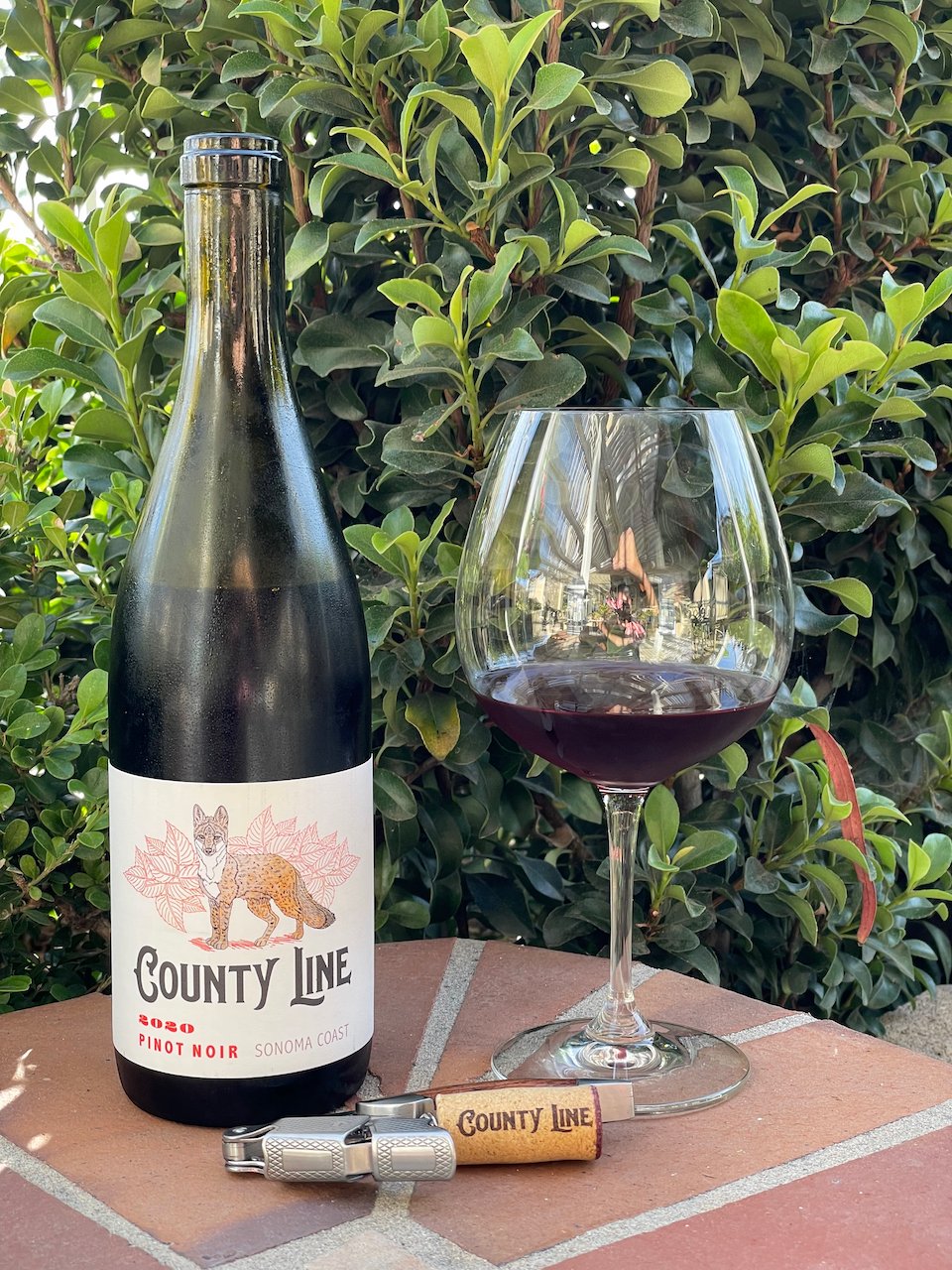Chile’s Coastal Sauvignon Blancs
Chile’s Sauvignon Blancs are notably diverse, with the finest identified with the country’s coastal and cool-climate regions.
These are not standard supermarket Sauvignon Blancs by any measure, but wines of personality and nuance. More reasons to take a new look at Chilean Sauvignon Blanc include the rapid advances in the country’s winemaking culture during the past decade, and expansion into a growing number of new regions and terroirs.
2020 Matetic Vineyards EQ Coastal Sauvignon Blanc / SRP $20
The grapes for this Sauvignon Blanc are sourced from Matetic’s Valle Hermoso vineyard, located just six miles from the Pacific Ocean, and planted on gentle hills where they benefit from the cool coastal climate, which allows each clone to develop special characteristics. This wine is made from 100% organic Sauvignon Blanc. The grapes were cold soaked for twelve hours before being pressed. Fermentation took in stainless steel, concrete, and in neutral oak barrels. It is medium gold in color with delicate aromas of lime, green herbs and grass. On the palate it is quite mellow with good acidity and a hint of minerality.
2019 Ventisquero Wine Estates Grey Sauvignon Blanc / $25
This wine is from the Atacama Desert in the Huasco valley. There, temperatures are kept low due to the constant cool morning breezes blowing in from the Pacific Ocean, as well as the classic “Camanchaca”, a dense fog which comes in from the ocean, helping to regulate the temperatures and ensure an optimum level of humidity in the atmosphere. This wine is produced from 100% Sauvignon Blanc that undergo a cold maceration for 6-8 hours before fermentation. It is then aged on lees for 10 months. It is pale straw in color with delicate aromas of peach and honeydew. On the palate it has nice citrus flavors, medium acidity and a hint of minerality.
2021 Montes Wines Limited Selection Sauvignon Blanc / SRP $15
From the Leyda Valley in Chile which is approximately 9 miles (15 km) from the Pacific Coast. This wine is made from 100% Sauvignon Blanc. The juice was separated from the skins where it remained for 12–24 hours before racking, leaving behind any large solids. Fermentation took place for 21 days. This wine is pale yellow in color with aromas of asparagus and fresh green peas. On the palate it has flavors of fresh green vegetables and grapefruit with medium acidity.
2020 Viña Morandé Gran Reserva Sauvignon Blanc / $20
The grapes for this wine come from their estate located in the Casablanca Valley, a few miles from the Pacific Ocean. This valley is well-known for its cool climate and ideal growing conditions. A large percentage of the grapes were whole-bunch pressed and the rest underwent a cold maceration for eight hours in the press. The must then fermented mainly in French oak with part being in cement eggs. The wine was kept in both its containers for six months before bottling. It is medium gold in color with delicate aromas of citrus and a hint of oak. On the palate it has bright acidity and lime flavors. The oak aging acts to soften this wine’s mouthfeel.
Disclosure of Wine Sample Submission: I received these samples at no cost for review. The opinions expressed are entirely my own.
Samples Provided by the Wines of Chile (WOC) -- Vinos de Chile -- a non-profit, private organization of Chilean wine producers and the noted wineries of Chile via Creative Palate Communications





